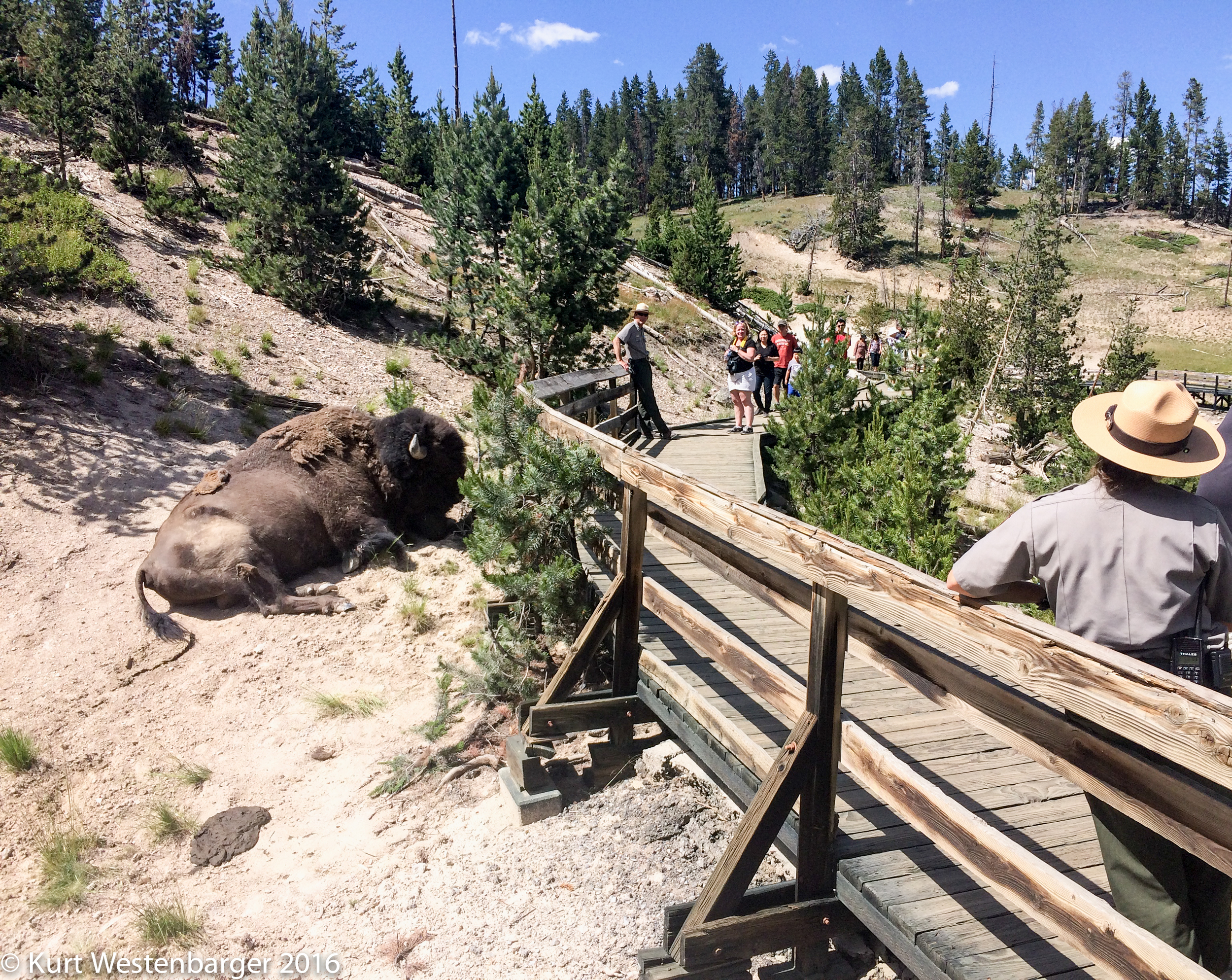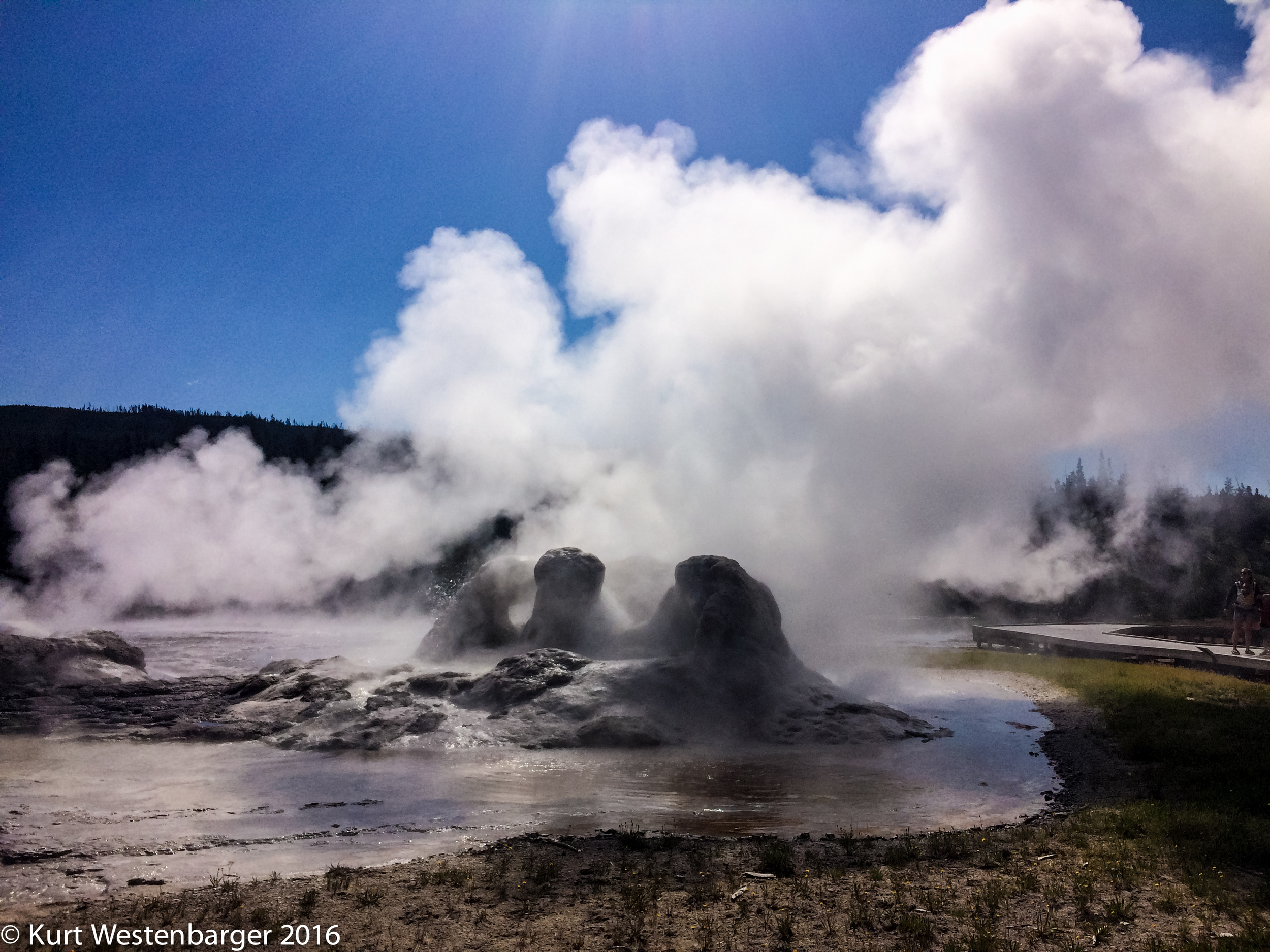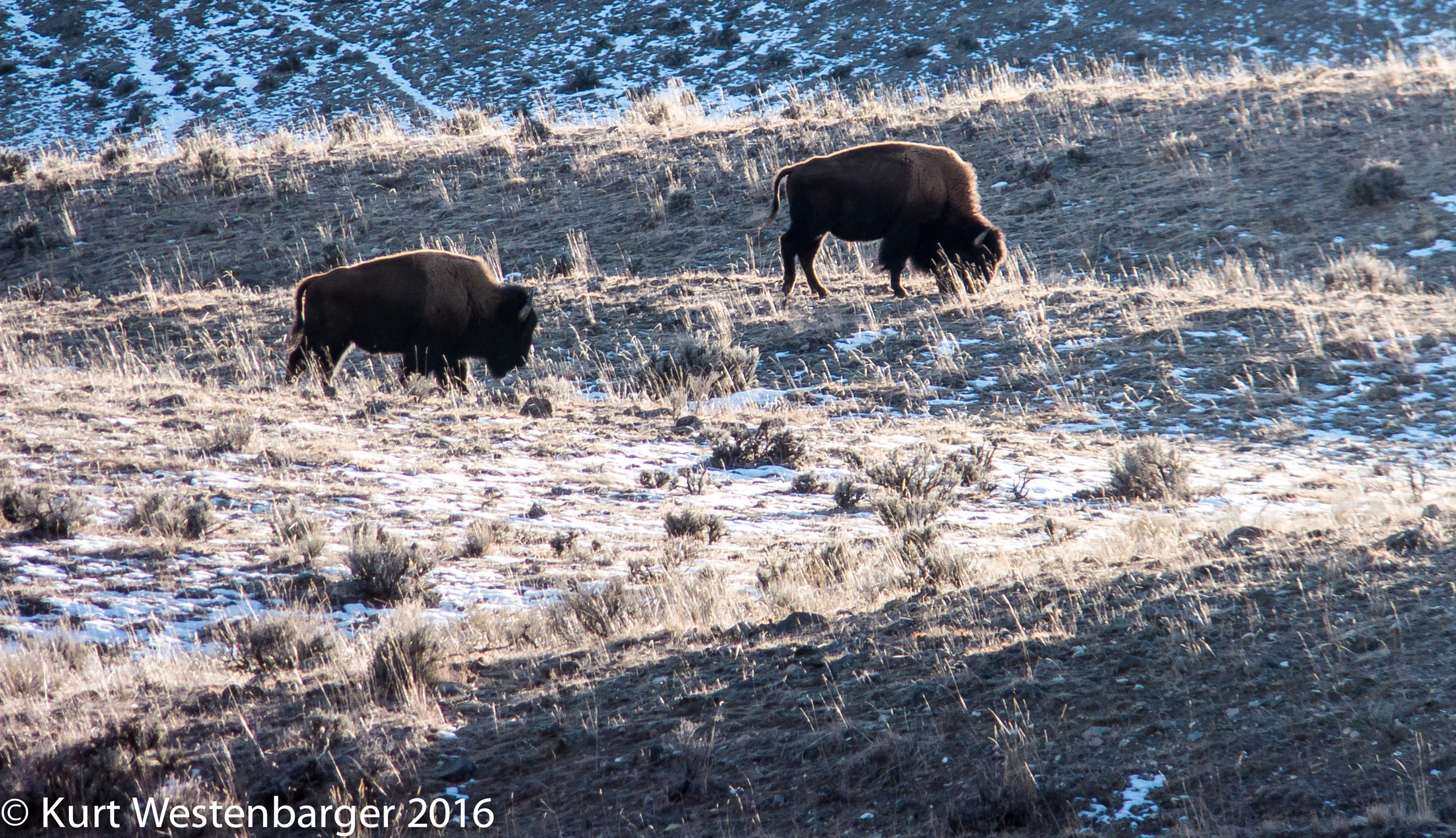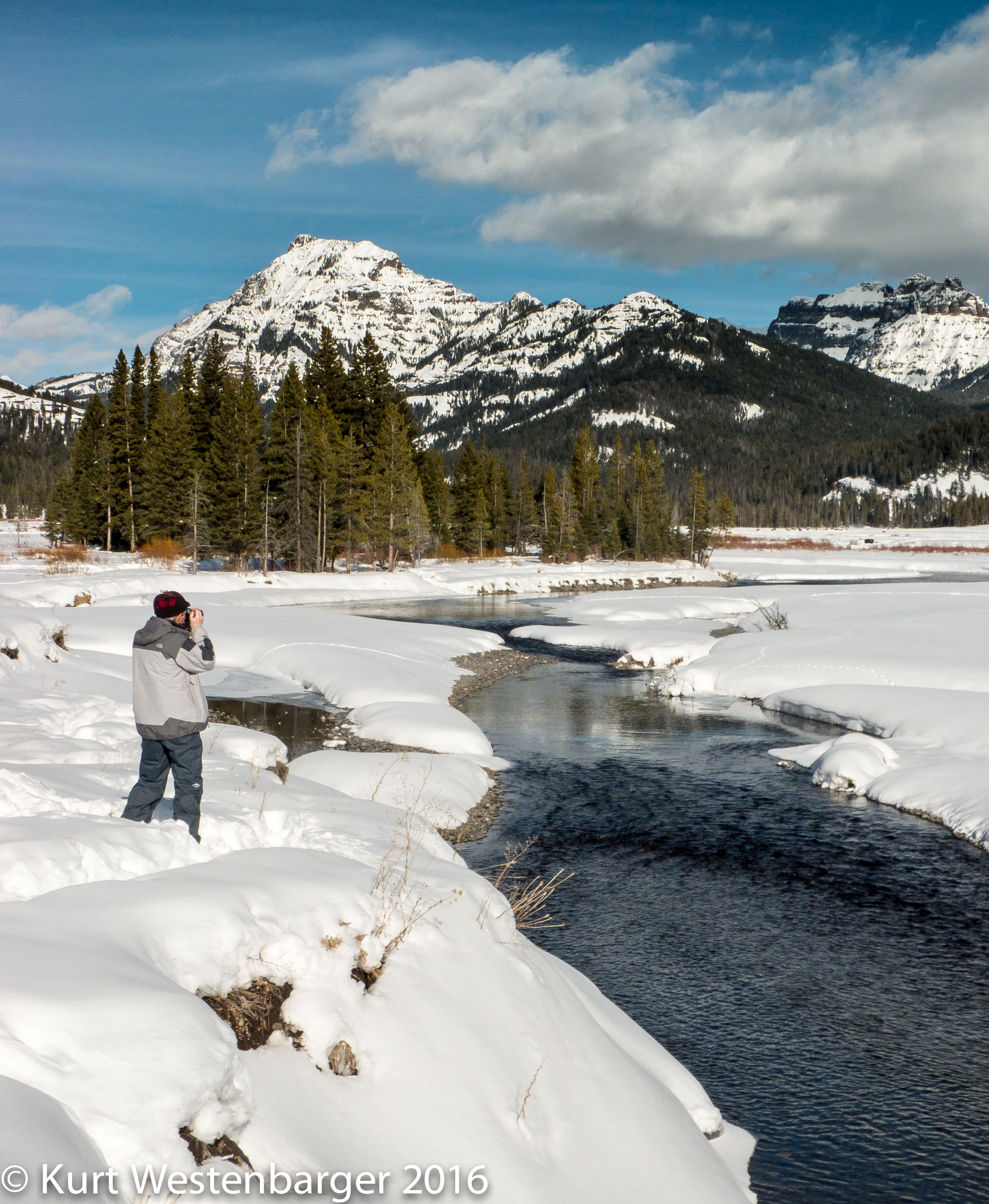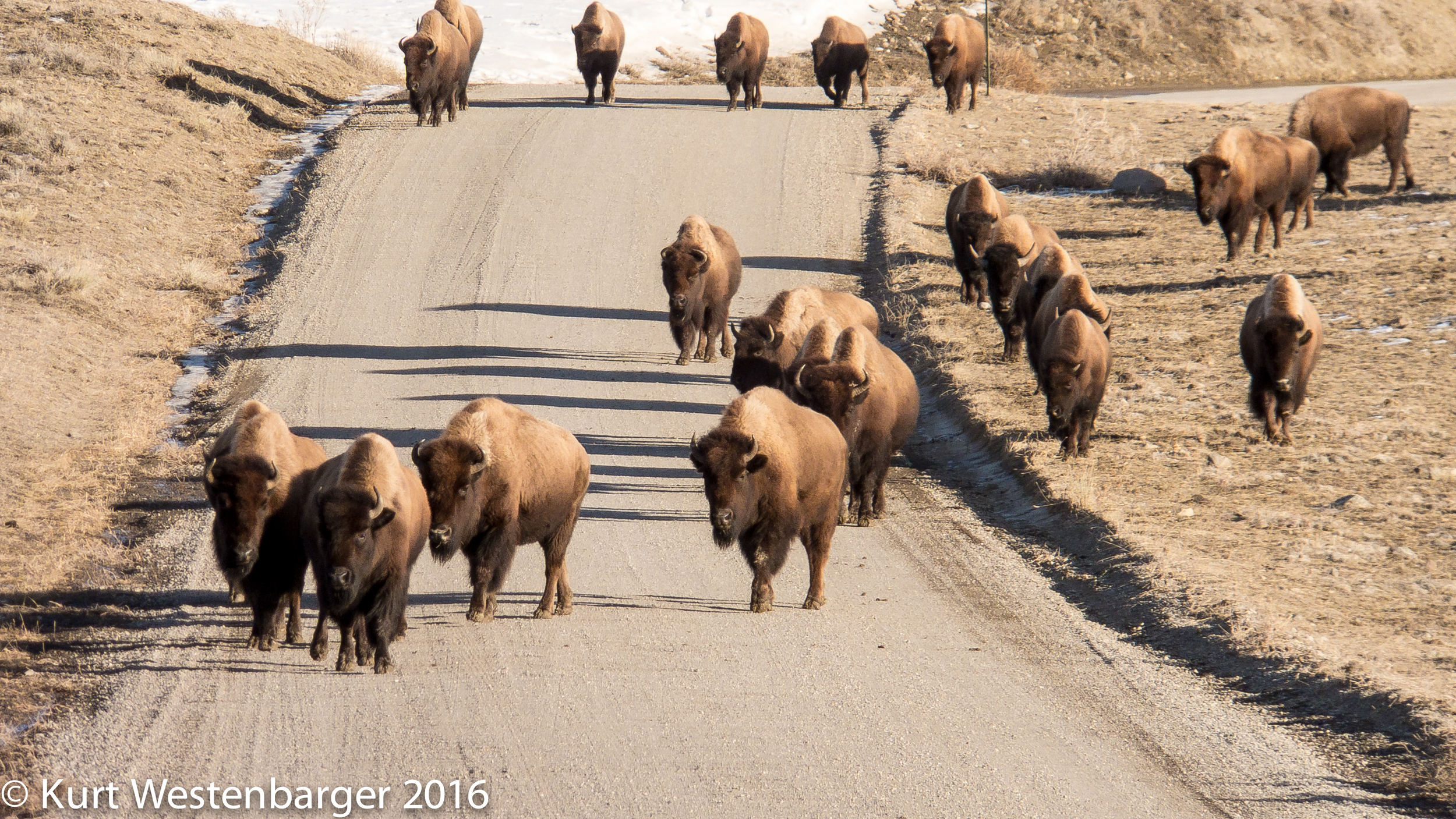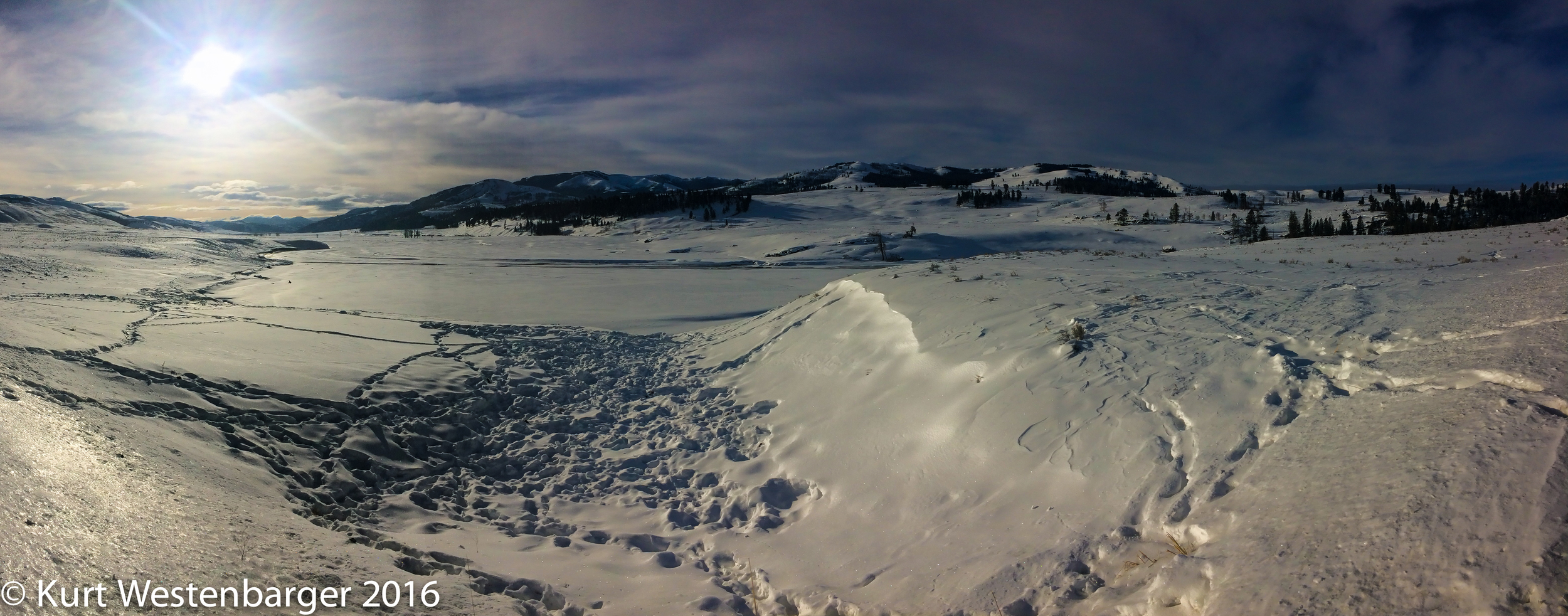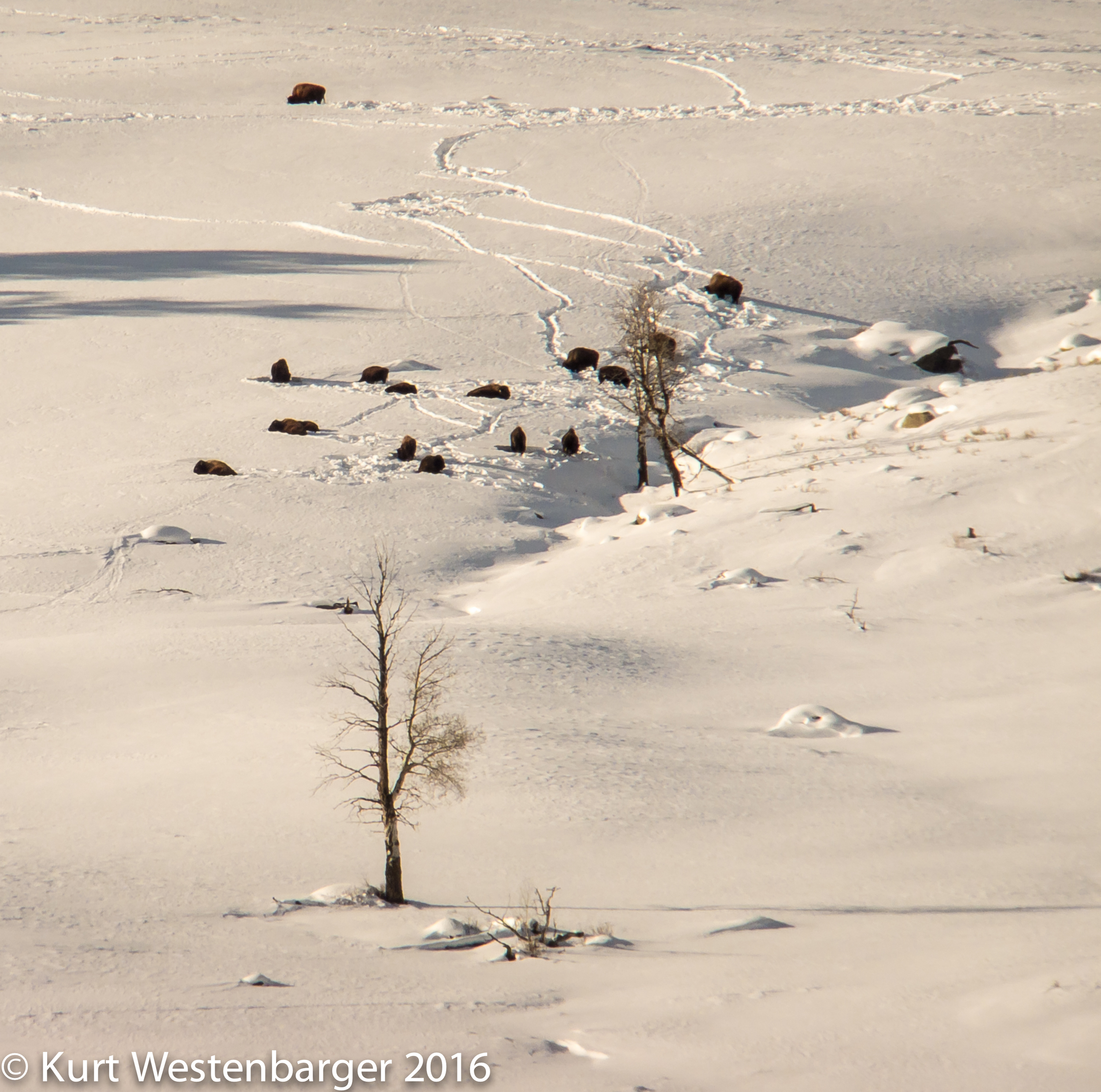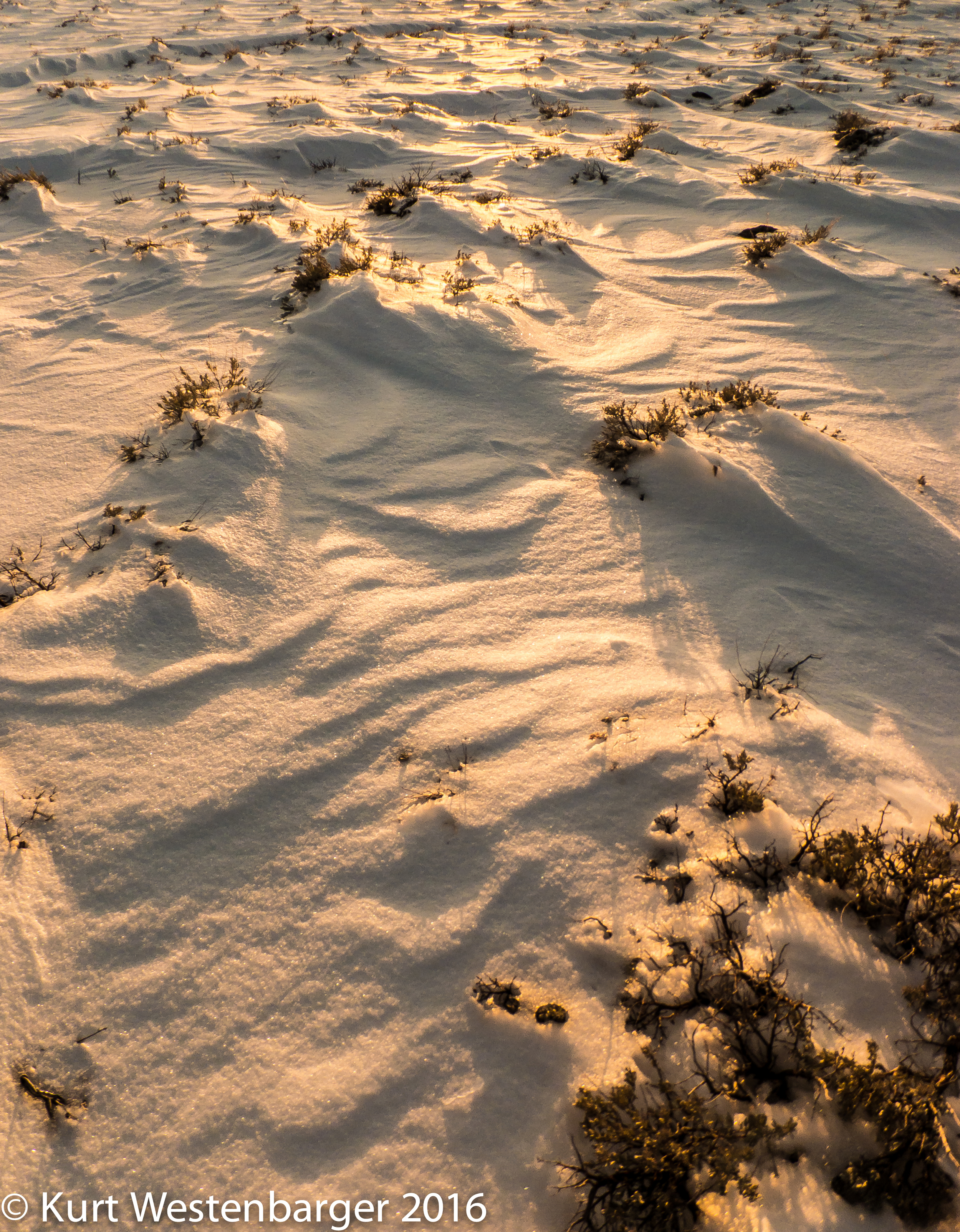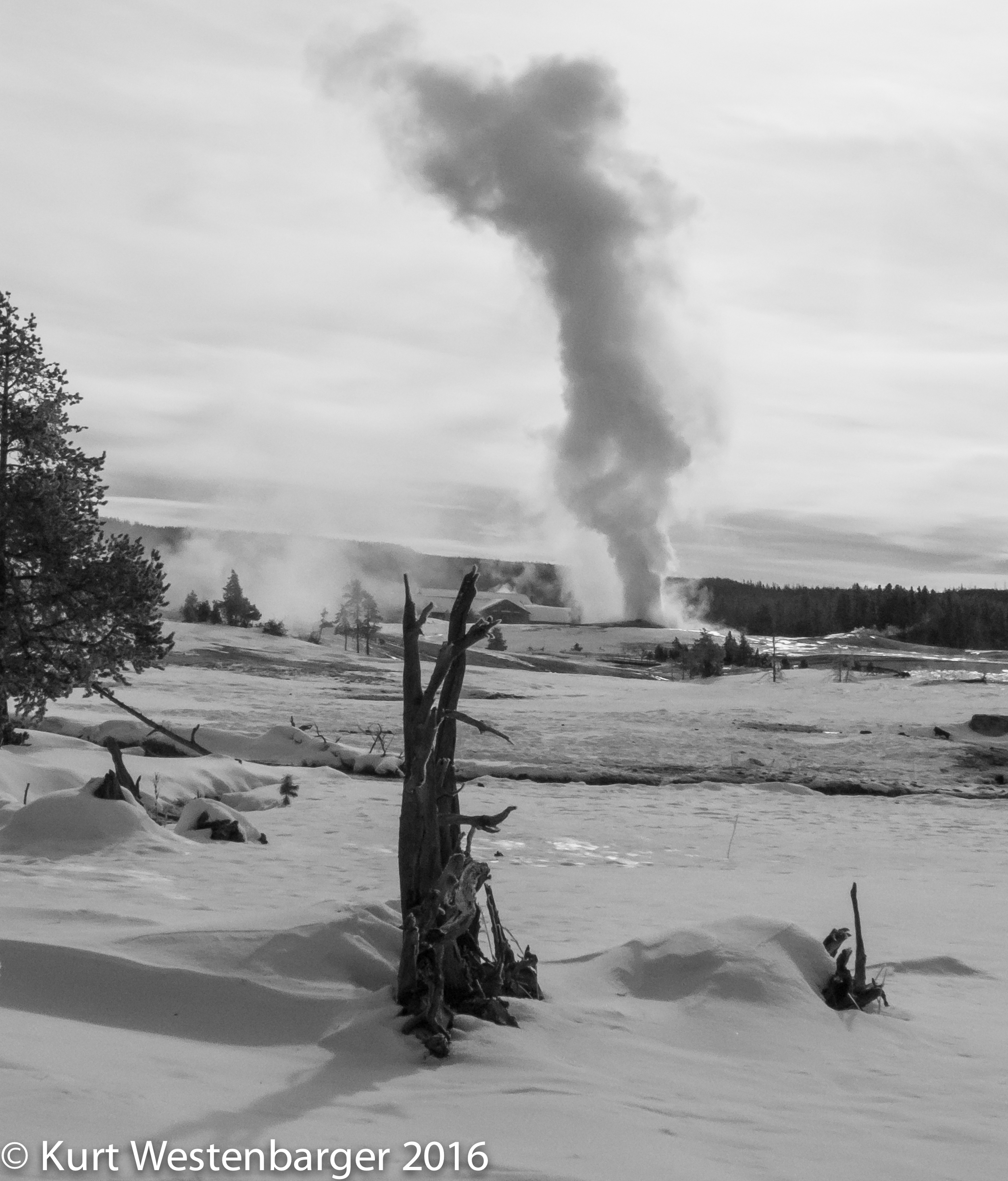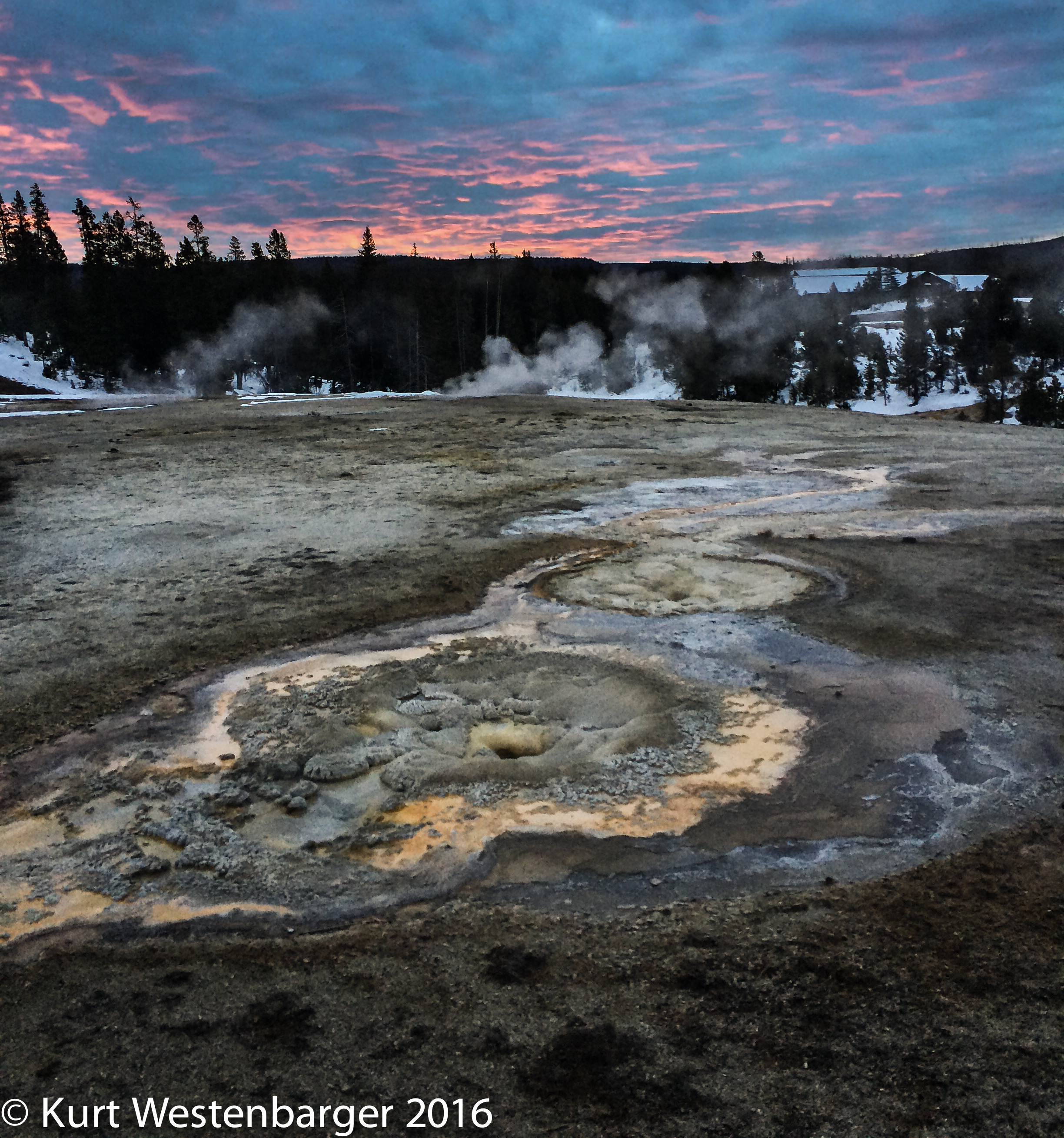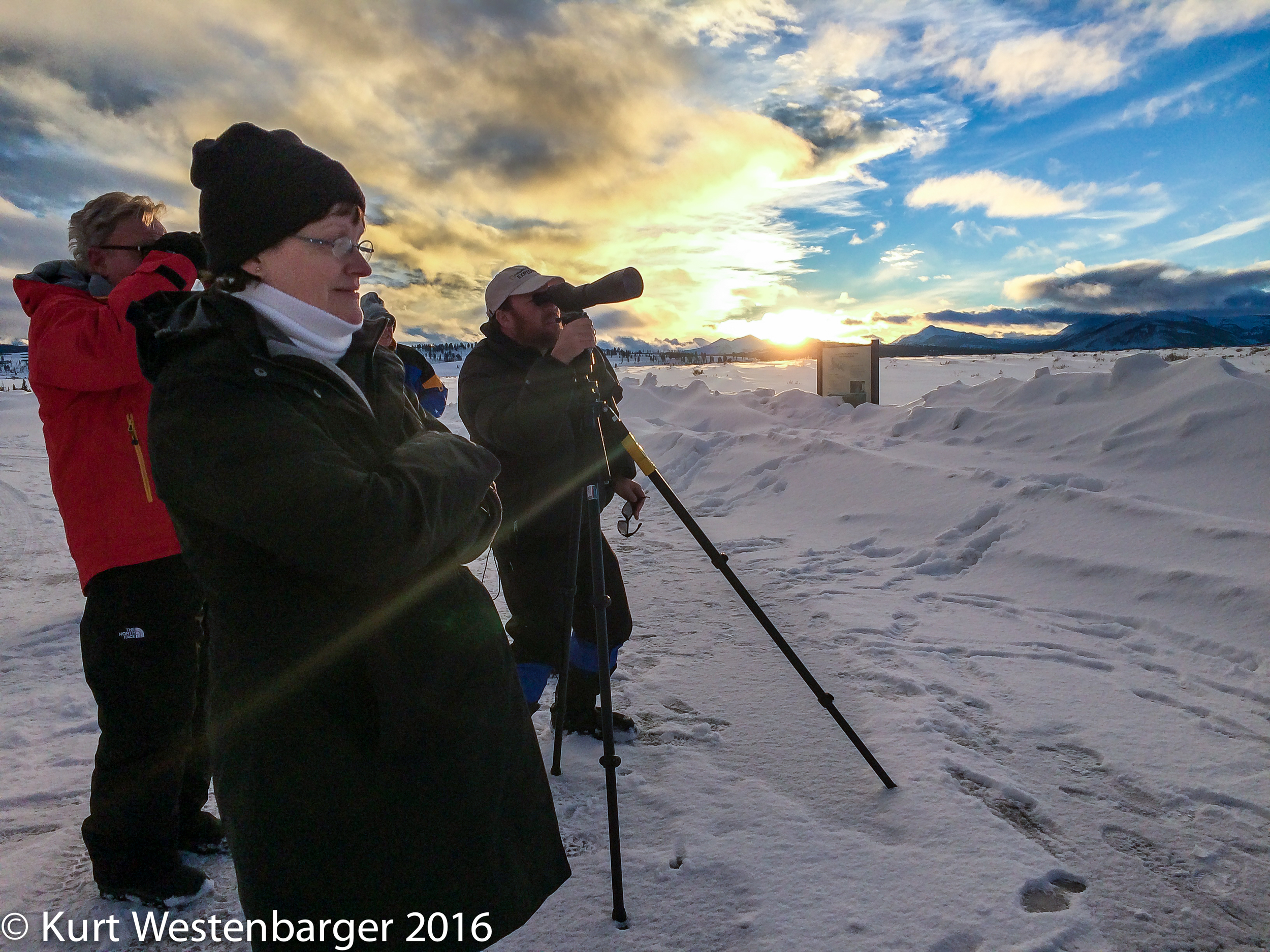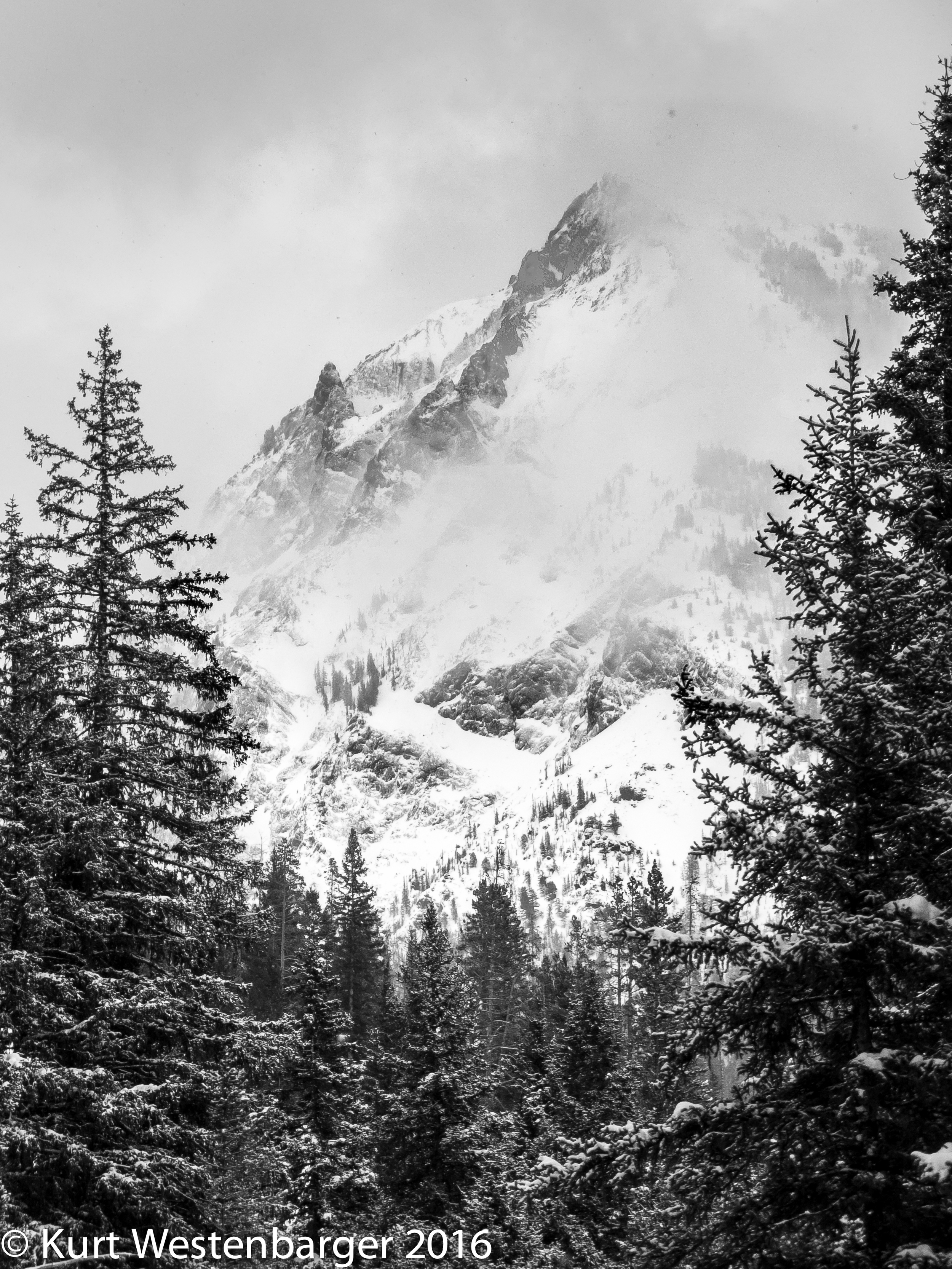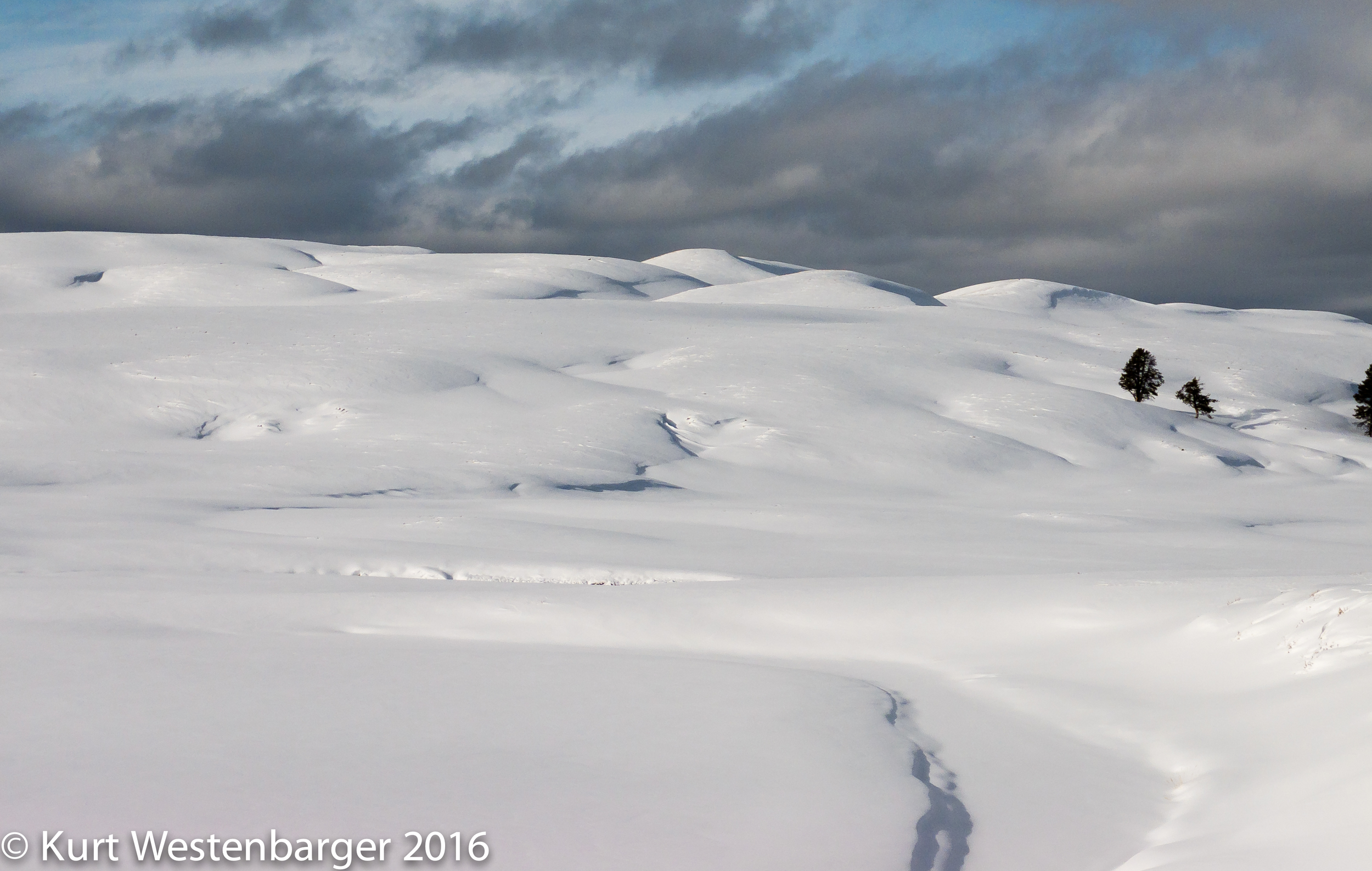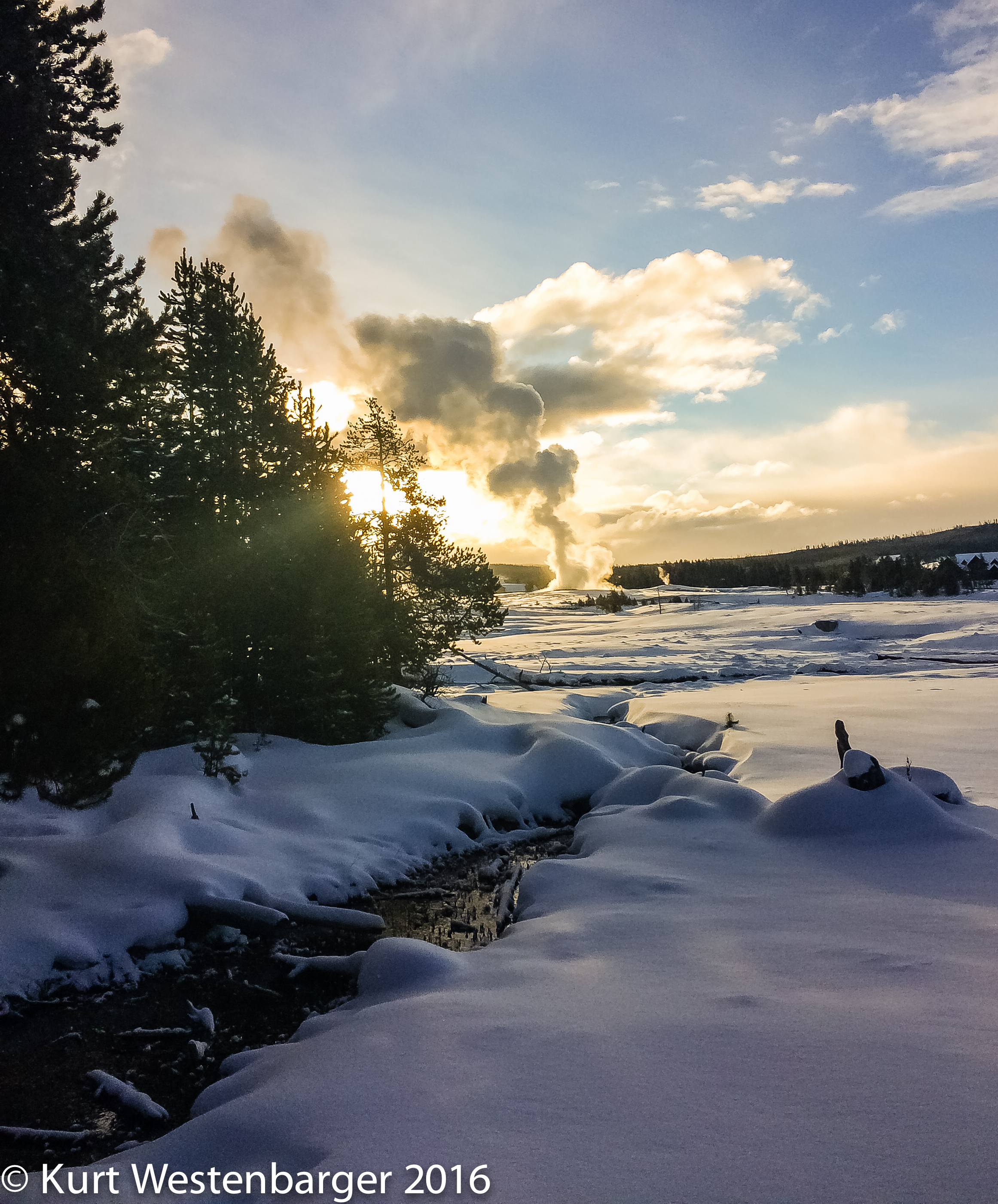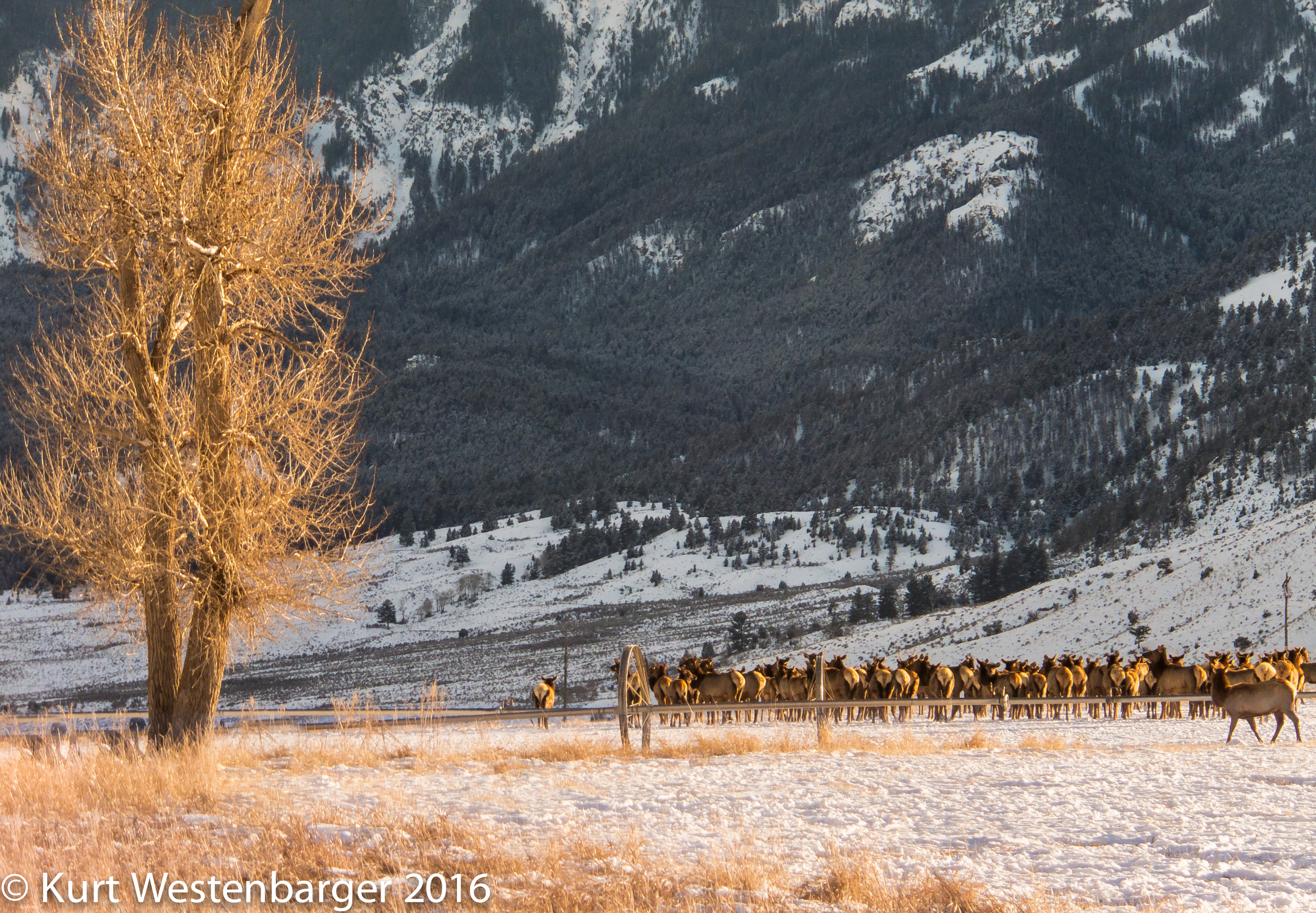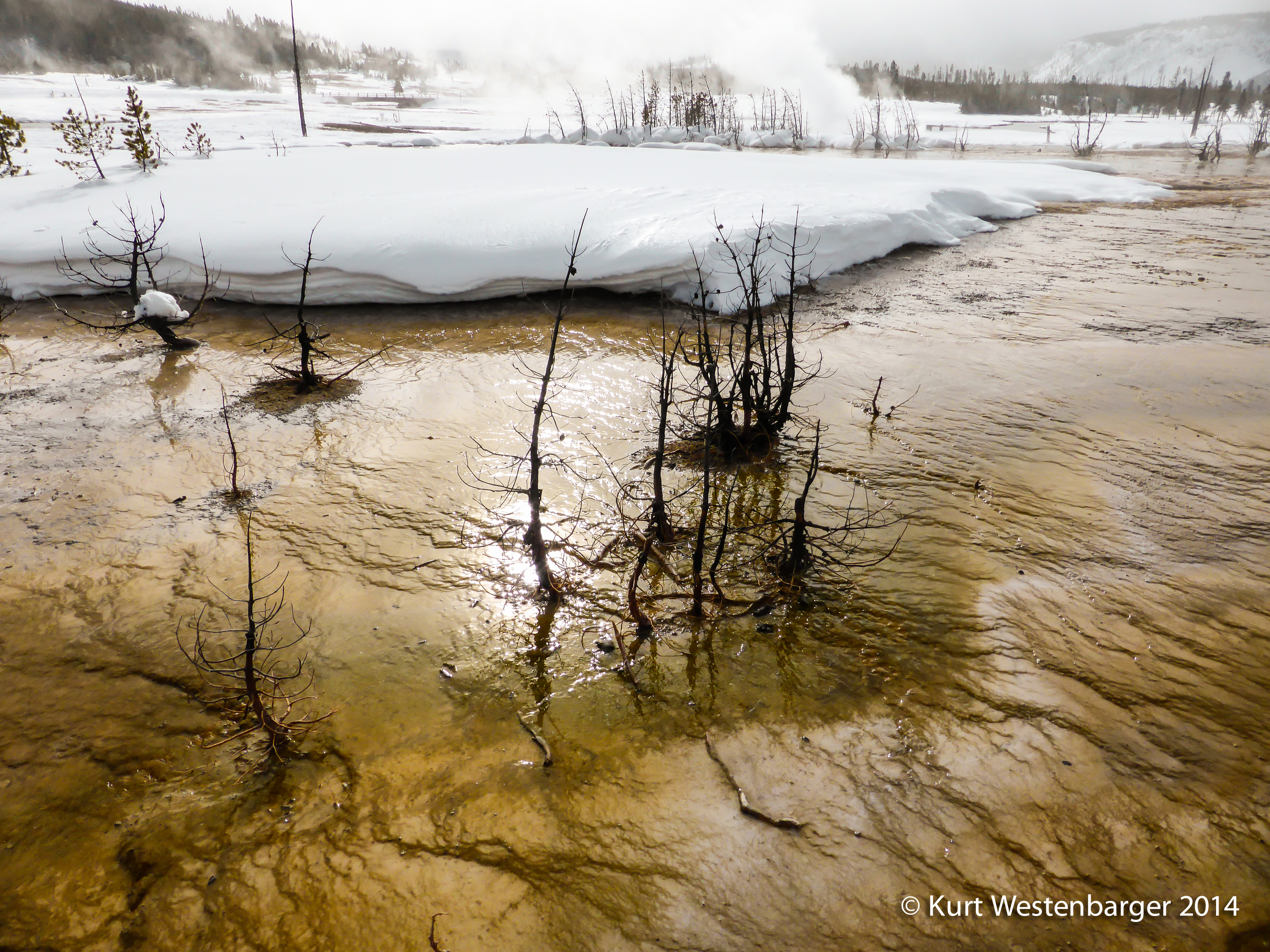June 26 thru July 1, 2016
The Off The Beaten Path/National Parks Conservation Association tour Essence of Yellowstone And Grand Teton National Parks is truly a fantastic sampler of these two parks. Taking a mere six days to explore such a large and complicated area is a daunting guiding task, yet we are able to hit the most important highlights, get in a few walks away from the larger crowds, and delve into a few topics in detail.
This particular trip experienced hikes at the Grand Canyon of the Yellowstone River and Old Faithful areas, enjoyed a wonderful scenic float on the Snake River in Grand Teton, and counted loads of wildlife species in our brief time together. Our morning walk of the Upper Geyser Basin sported nine erupting geysers including a closeup view of the always impressive Beehive. A couple sunset excursions gave great photographic light and, well ... I'm just going to let the images speak for themselves.










